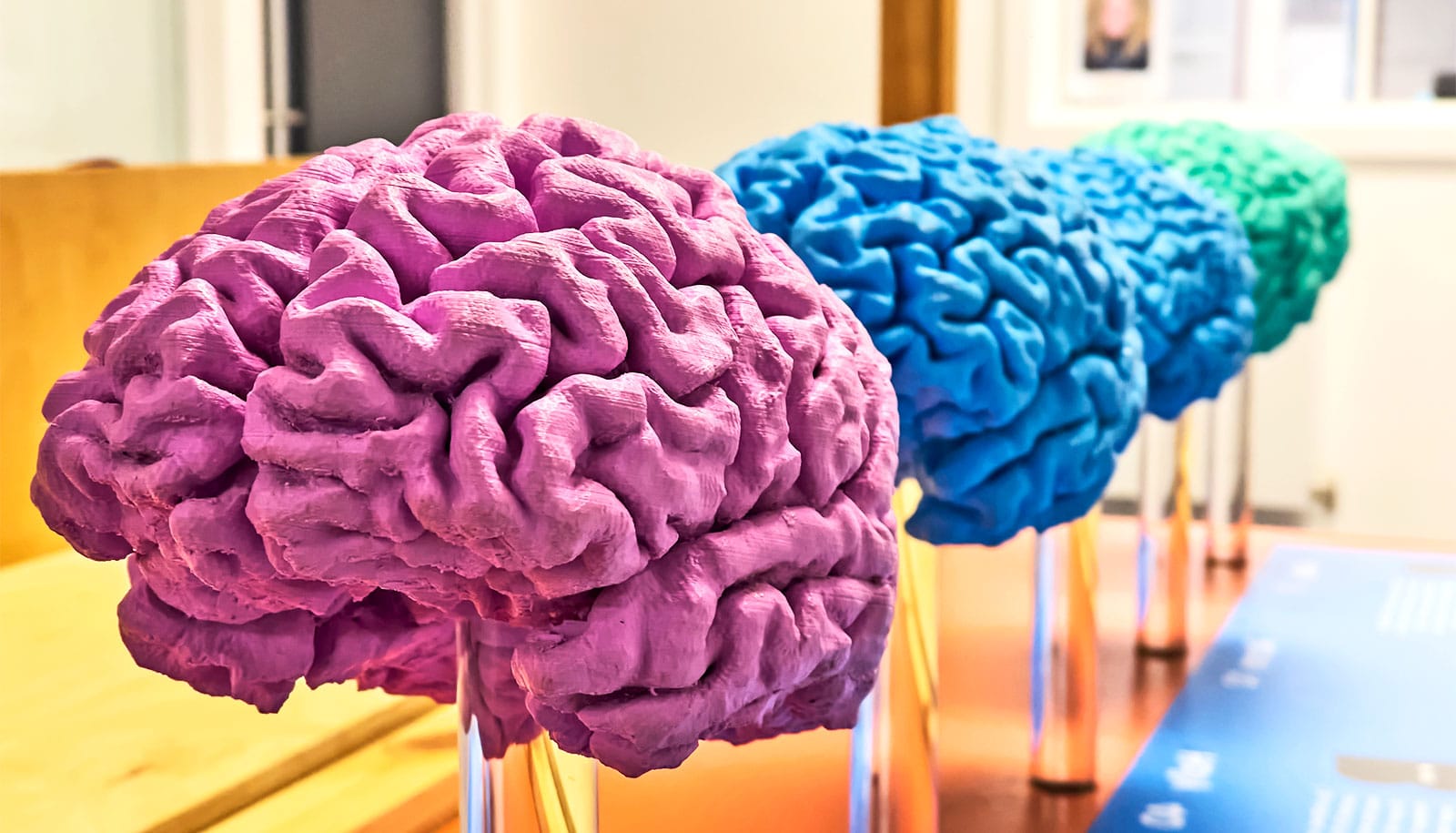Researchers have identified a link between a neurotransmitter imbalance and connectivity between regions of the brain that plays a role in social communication and language. Their new study also found two tests that could lead to more precise medical treatments.
One in 59 children in the United States lives with a form of autism spectrum disorder, according to the Centers for Disease Control and Prevention. The signs of autism begin in early childhood and can affect individuals differently. However, many with autism share similar symptoms, including difficulties with social communication.
“One of the issues with approaching treatment of autism is there are many subtypes and many different genes and potentially other factors that contribute to the disorder,” says David Beversdorf, professor of radiology, neurology, and psychology at the School of Medicine and the Thompson Center at the University of Missouri.
“If you have a treatment that works in one sub-population, it might not work in another. However, if we can determine why that is, we can pursue individualized approaches and make a lot more progress in developing new treatments,” he says.
Using both functional magnetic resonance imaging (fMRI) and proton magnetic resonance spectroscopy (H-MRS), the researchers investigated the relationship between brain neurotransmitter levels and connectivity of areas of the brain known as the dorsolateral prefrontal cortex and posterolateral cerebellar hemisphere.
Brain scans identify if baby sibling also has autism
Fourteen adolescents and adults with autism spectrum disorder and 12 control participants underwent brain scans. The scans revealed a potential link between functional connectivity, neurotransmitter imbalance, and listening comprehension in individuals with autism.
Those with low functional connectivity tended to have a reduced balance of excitatory to inhibitory neurotransmitter levels in the cerebellum and showed impaired listening comprehension, the ability to infer meaning from verbal information. Researchers gave study participants two questionnaires to determine their autism spectrum disorder-related symptom severity. Participants also completed two assessments designed to rate different aspects of language and social competence.
“This finding begins to suggest how biomarkers relate with each other in autism,” Beversdorf says. “There may be whole other sets of biomarkers that may be inter-related and may be telling us something. It may serve as a biomarker to predict who will respond to what drug.”
These very subtle movements line up with autism
Additional study authors are from the Stanford University Autism Center.
The study appears in the Journal of Autism and Developmental Disorders. A pilot grant from the University of Missouri Brain Imaging Center, the University of Missouri School of Medicine Mission Enhancement Fund, and crowdsourced funding from the community supported the research. The authors of the study declare that they have no conflicts of interest. The content is solely the responsibility of the authors and does not necessarily represent the views of the funding agencies.
Source: University of Missouri



